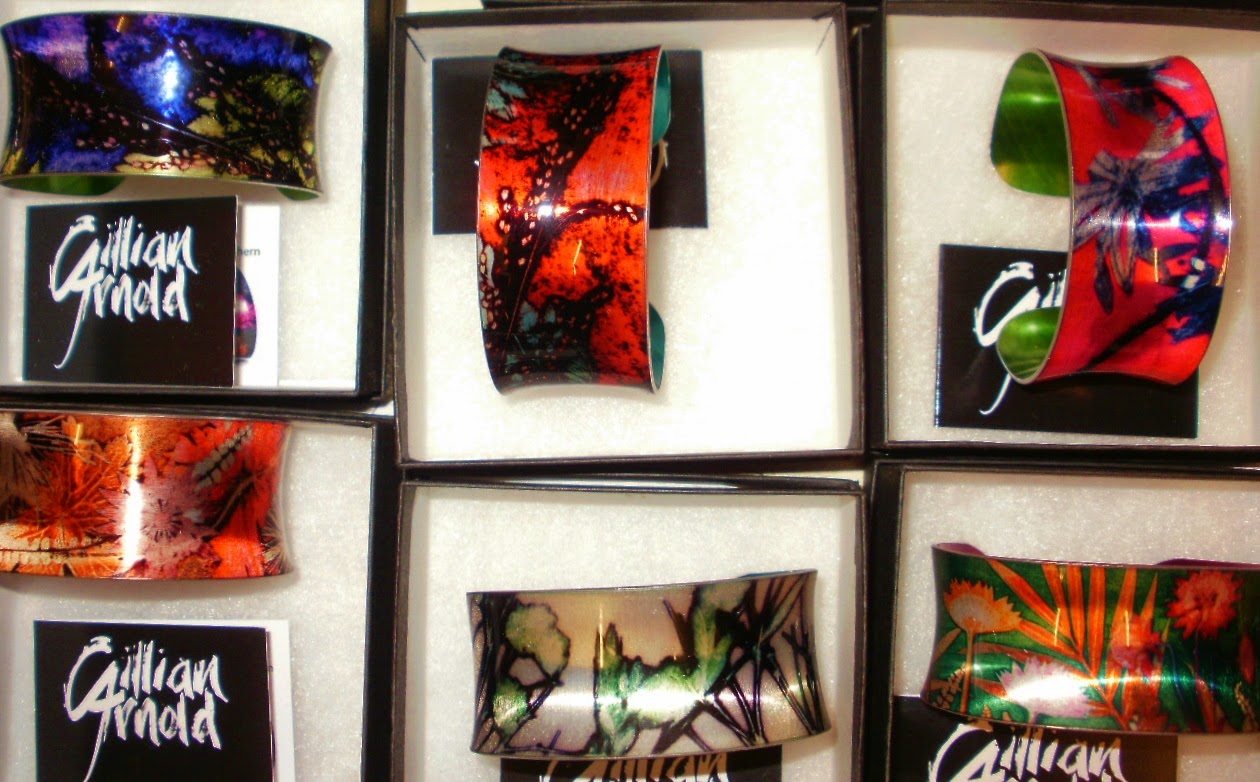After my husband Graham and I finished our Ceramics degrees in 1977 we went to work at Appin Pottery in Argyll, in the West Highlands of Scotland. Our new boss Joe Finch, was from a highly respected potting family, and his lovely wife Trudi was an accomplished pottery decorator and watercolourist. We knew ourselves to be very fortunate to land such a great position, with such good mentors.
 |
Glen Creran
|
Life in the glen was happy but strenuous. There was always wood to be stacked to dry, ready to feed the ravenous wood fired kiln. There were an infinite number of jobs to be done every day, from throwing pots to clearing out drains and mixing glazes. We stayed there for three years, during which time our eldest daughter, Alison, was born. It soon became obvious that her favourite part of the day was when the Mactavish children came to call on their boisterous way home from school. The outer door would bang open, and with much laughter and a scurry of feet, they would ricochet up the stairs and burst into our flat. They would proceed to play games with "wee Alison", read her stories, do some drawing, mess about with clay or just generally chatter. Then, just as suddenly as they arrived, like a flock of little sparrows, they would suddenly disappear again- leaving the place instantly quieter, but just a little sad.
One of those children was Hugh Mactavish. And it's clear that those childhood hours spent around the pottery left their mark, as he is now the owner of his own workshop, Argyll Pottery. So it's with great pleasure that I've just bought a consignment of his delectable wood-fired domestic stoneware pots for sale here at Crown Studio Gallery.
 |
Large Jug
|
I've selected pieces that are what we call in the trade "potters' pots". These are the pottery equivalent of a fine single malt whisky- created for the connoisseur, the nuances and subtleties clear to the expert, but perhaps lost on anyone looking for industrial uniformity. Firing a kiln using wood is an elemental, labour intensive process. The kiln needs to be constantly fed with dry wood for an entire day. The ash formed during the course of the firing, swirls through the atmosphere of the kiln, where it melts to produce a warm “toasted” appearance on the unglazed areas of
the pots and imparts an unpredictable speckle to the glaze. The glazes develop a rich depth of colour, hinting at the minerals from which they were formed. It's the nearest thing to alchemy that exists.
 |
Assorted sizes of jugs in various glazes
|
 |
Faceted vases
|
 |
Dish with handles
|
 |
Deep Noodle Bowl
|
 |
Large Bowl with Blue "Chun" style glaze
|
It's going to be very difficult for me to part with a single piece.



.jpg)




















.jpg)
